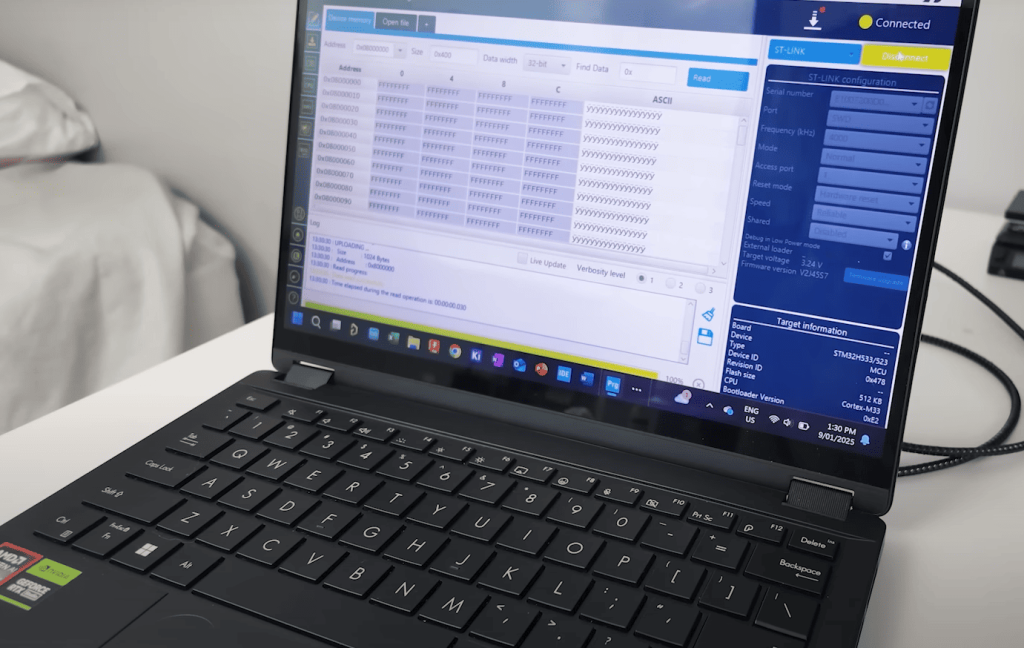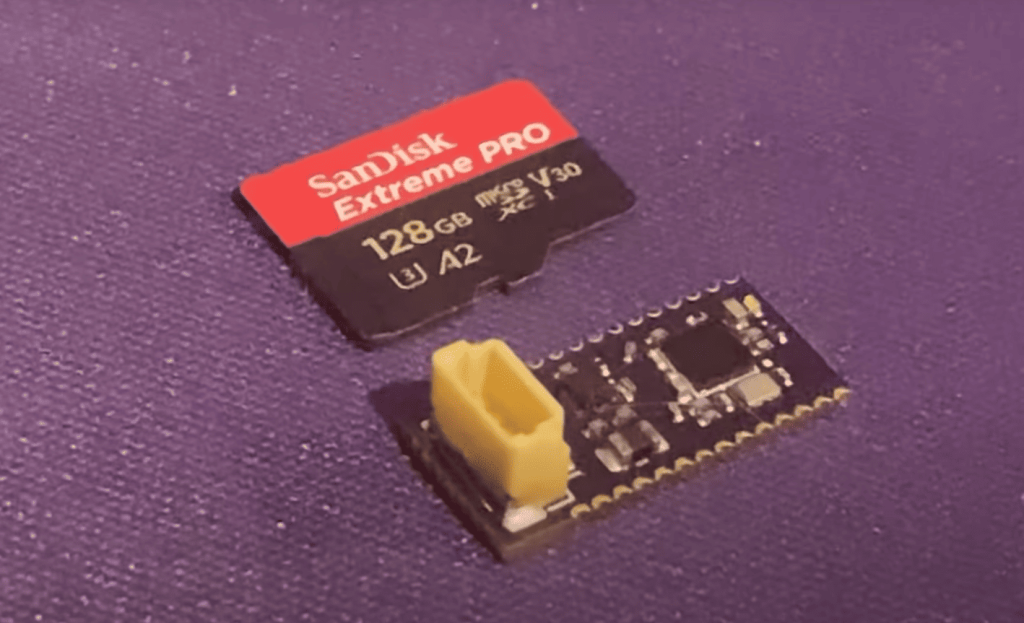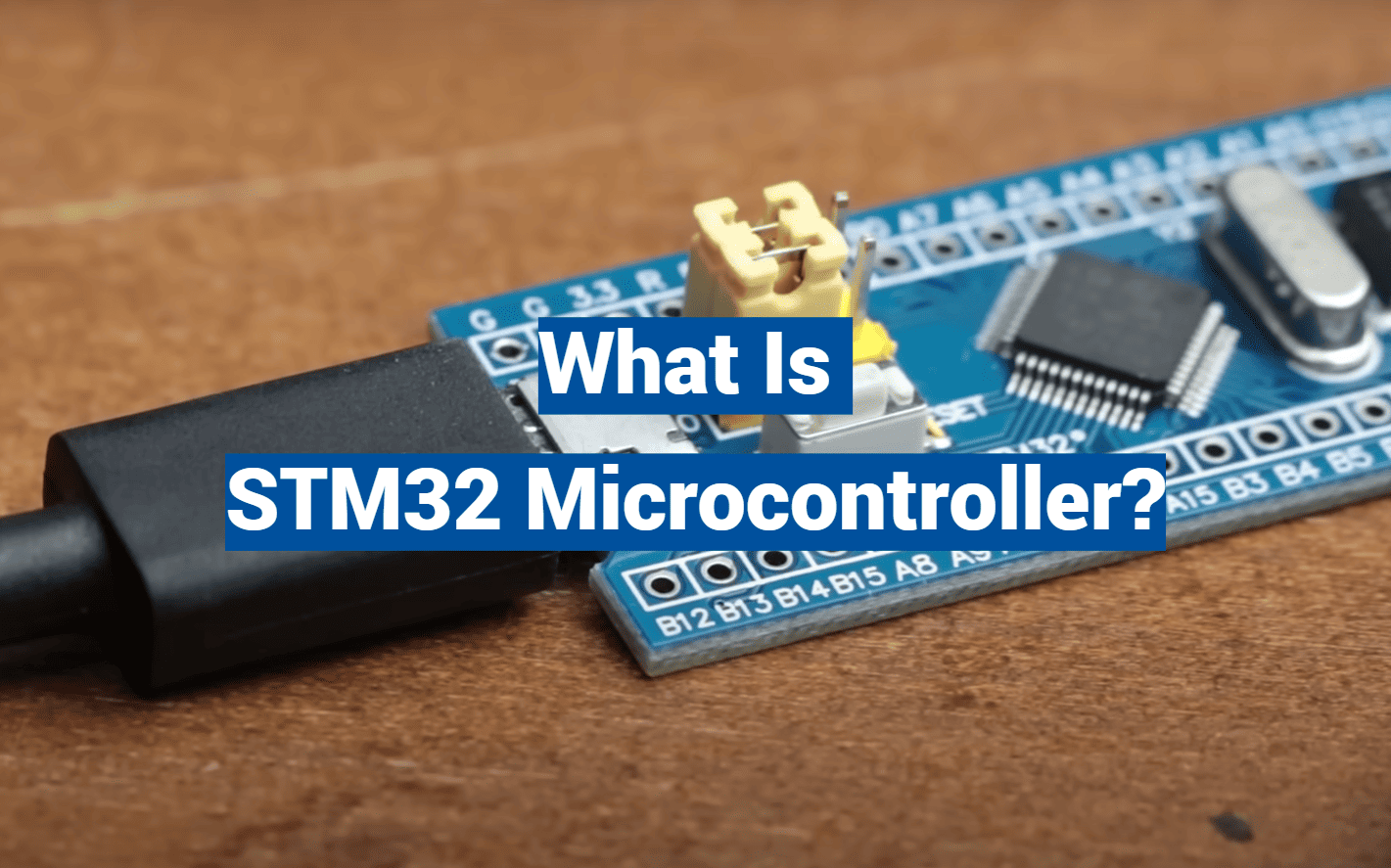Did you know devices using STM32 technology process enough data daily to fill 40 million smartphones? This powerhouse family of 32-bit integrated circuits from STMicroelectronics quietly drives innovations most people use every day.
These versatile chips combine ARM Cortex processor cores with smartly designed peripherals, creating all-in-one solutions for modern electronics. Whether you’re building a wearable fitness tracker or an automated factory system, this technology adapts to handle complex tasks efficiently.
What makes these components stand out? Their architecture packs flash memory, RAM, and specialized hardware into single packages. This integration slashes development time by eliminating the need for external parts in many projects.
Developers love the flexibility across different performance tiers. From energy-efficient designs to high-speed processing units, there’s a perfect match for every application. Over 15 product series cater to specific needs while maintaining software compatibility.
Key Takeaways
- Trusted by millions for reliable performance in consumer and industrial applications
- Built around efficient ARM Cortex processor designs
- Integrated memory and peripherals simplify circuit designs
- Scalable options from basic control to advanced IoT systems
- Cross-compatible tools accelerate development cycles
Introduction to STM32 Microcontrollers
Behind every smart device in your home is a compact brain that makes decisions in milliseconds. STM32-based solutions exemplify this technology, combining processing power with specialized functions to bring everyday objects to life. These integrated circuits form the backbone of modern automation, hidden in plain sight yet vital to our daily routines.

What Are Microcontrollers?
Microcontrollers are essentially tiny computers etched onto a single silicon chip. They combine a central processing unit (CPU) with random access memory (RAM), read-only memory (ROM), and various input/output ports—all in one compact package. This integration allows them to perform specific tasks efficiently without needing external components.
You’ll find these devices in everything from kitchen appliances to automotive systems. Their built-in timers and interrupt systems enable precise control over hardware operations. For instance, your microwave’s cooking timer or your car’s fuel injection system relies on these integrated circuits to function smoothly.
Modern versions excel at balancing performance with energy efficiency. They can handle complex calculations while consuming minimal power, making them ideal for battery-operated applications. This self-contained design not only saves space but also reduces overall system costs.
Understanding the STM32 Microcontroller Architecture
Behind every seamless tech experience lies a carefully crafted blueprint. The magic happens when powerful processing meets intelligent design, creating systems that balance speed with efficiency. This synergy defines modern electronics, enabling everything from instant app responses to precise industrial controls.
ARM Cortex Core Options
At the center of these systems beats an ARM-based heart. Engineers can choose from eight different Cortex-M processor variants, each optimized for specific tasks. The Cortex-M0+ sips power like a hummingbird, perfect for wearable devices. Need more muscle? The Cortex-M7 delivers desktop-level performance for complex robotics.
These cores form a performance ladder. M3 models handle everyday automation smoothly, while M4 versions add math acceleration for audio processing. Newer M33 and M55 designs bring AI capabilities to small devices. It’s like having a toolbox where every wrench fits multiple bolts.
Memory & Peripheral Integration
Built-in memory eliminates guesswork in circuit design. Most units pack up to 2MB of flash storage – enough for sophisticated programs. SRAM handles real-time data without slowdowns. This combo lets devices remember settings while crunching numbers instantly.
Specialized peripherals complete the package. Analog sensors connect directly through 12-bit converters. Communication ports handle WiFi and Bluetooth effortlessly. Engineers love how these pre-integrated features slash development time. No more juggling external chips – everything works straight out of the box.
STM32 Family Series Overview
Imagine having a toolbox where every tool solves a different problem. That’s exactly how engineers approach the STM32 family – a collection of specialized chips designed for unique challenges. With over 20 product lines, each series targets specific needs while maintaining software harmony across the board.

Key Series: F0, F1, F3, and More
The F-series acts as the Swiss Army knife of the group. F1 models handle everyday automation with proven reliability, while F4 versions add muscle for graphics-heavy tasks. Need more firepower? F7 chips tackle complex robotics like they’re solving crossword puzzles.
Battery-powered gadgets thrive on the L-series’ efficiency. These units sip power so slowly your smartwatch might outlast its strap. One engineer joked,
“They’re so efficient, we had to check if the batteries were actually installed!”
For cutting-edge projects, the H-series delivers dual-core processing and military-grade security. Meanwhile, wireless-ready WB and WL models build connections directly into circuits. No extra radio modules – just seamless Bluetooth and LoRa integration.
This strategic organization lets developers:
- Match power needs to project requirements
- Maintain code compatibility across upgrades
- Reduce development time through built-in features
History and Evolution of the STM32 Family
The journey of modern embedded systems changed course in 2006 when STMicroelectronics licensed ARM’s Cortex-M3 core. This partnership sparked a revolution in compact computing, creating a family of chips that would dominate industrial and consumer tech.
Major Milestones
June 2007 saw the debut of the groundbreaking F1 series, building on ST’s experience with earlier ARM7 and ARM9 designs. Engineers marveled at its integrated memory and peripherals – features that cut development time by weeks. The F4 models arrived in 2011, bringing digital signal processing to small devices.
Each new release expanded capabilities. The 2014 F7 line delivered Cortex-M7 speeds for robotics. By 2017, H7 chips introduced dual-core architectures. Recent additions like the 2023 C0 series optimize energy use for smart sensors, while 2024’s U0 models target ultra-compact designs.
Technological Advancements
What makes this family stand out? Continuous innovation without breaking compatibility. Early F1 code still runs on new U0 boards with minor tweaks.
“It’s like upgrading your car engine without changing the steering wheel,”
notes an embedded systems developer.
The evolution showcases smart engineering choices:
- DSP integration enabled audio processing in wearables
- Dual-core designs manage real-time control and connectivity
- AI-ready cores in latest series handle pattern recognition
Through seventeen years of development, ST maintained a clear vision: powerful tools that grow with engineers’ needs while keeping existing projects viable.
Core Technologies Behind STM32
At the heart of modern embedded systems lies a powerful engine driving innovation across industries. This technology combines precision engineering with adaptable design principles, creating solutions that power everything from smart thermostats to autonomous machinery.
| Core Model | Key Features | Typical Applications |
|---|---|---|
| Cortex-M0/M0+ | Ultra-low power consumption | Wearables, sensors |
| Cortex-M3 | Advanced memory protection | Industrial controls |
| Cortex-M4 | DSP & floating-point unit | Audio processing |
| Cortex-M7 | Double-precision calculations | Robotics, imaging |
Overview of ARM Cortex Cores
The ARM-based architecture provides a flexible foundation for diverse applications. Entry-level cores like M0+ operate on minimal power – perfect for devices needing years of battery life. Mid-range options balance speed and efficiency, handling complex tasks without draining energy reserves.
Advanced models bring specialized capabilities. The M4’s digital signal processing handles real-time audio filtering. M7 cores manage high-performance computing tasks previously requiring separate chips. Engineers appreciate how these 32-bit designs maintain compatibility across performance tiers.

New security-focused cores integrate hardware protection layers. TrustZone technology creates isolated zones for sensitive data processing. Machine learning enthusiasts benefit from dedicated acceleration in latest models, enabling local AI without cloud dependency.
Comparing STM32 and 51 Microcontrollers
Tech evolution becomes obvious when contrasting legacy systems with contemporary designs. Older 8-bit architectures laid the groundwork, but modern 32-bit solutions redefine what’s possible in compact computing.
Benefits of Advanced Architecture
32-bit processing crunches data four times faster than older 8-bit systems. With clock speeds reaching 72MHz – and higher in premium models – complex calculations happen in microseconds. Built-in analog converters and communication ports eliminate external hardware needs.
Developers gain robust toolsets with pre-built software libraries. One engineer noted:
“Writing code feels like assembling Lego blocks instead of carving stone tablets.”
Challenges With Legacy Systems
Classic 8-bit designs struggle with modern demands. Slower clock speeds (often below 20MHz) create bottlenecks for real-time tasks. Essential features like memory protection often require additional chips.
Input/output limitations become apparent in complex setups. High-level signal control needs extra circuitry, increasing project costs and failure points. Security features also lag behind contemporary standards.
Applications of STM32 Microcontrollers
From sunrise alarms to midnight factory shifts, modern technology thrives on adaptable solutions. These compact computing marvels bridge imagination and reality across three key domains.
Smart Living Simplified
Your favorite gadgets likely contain these energy-efficient chips. They power fitness trackers that count steps with military precision and gaming controllers responding faster than human reflexes. Smart thermostats learn your routines through their processing muscle while sipping power like a hummingbird.
Industrial Muscle
Assembly lines hum with their precision. Robotic arms guided by these systems weld car frames within 0.1mm accuracy. Sensor networks monitor entire factories, predicting maintenance needs before breakdowns occur. Real-time control capabilities keep production flowing like synchronized swimmers.
Connected World Builders
Wireless variants create invisible highways for data. Farmers monitor soil moisture through LoRa-connected sensors miles apart. Medical wearables send patient updates via Bluetooth while maintaining strict security. Cloud integration turns raw data into actionable insights through their always-on connectivity.
From kitchen counters to Mars rovers, these adaptable solutions prove that big impacts come in small packages. Their true power lies in making complex technology feel simple and accessible – the ultimate engineering achievement.


